- The corridor opens up land access to the Indian Ocean and strengthens China's influence in South Asia and the Middle East

On May 21, the foreign ministers of China, Pakistan and Afghanistan held an informal meeting and reached seven important consensus on deepening regional cooperation, among which "promoting the extension of the China-Pakistan Economic Corridor to Afghanistan" has become the core topic of much concern.
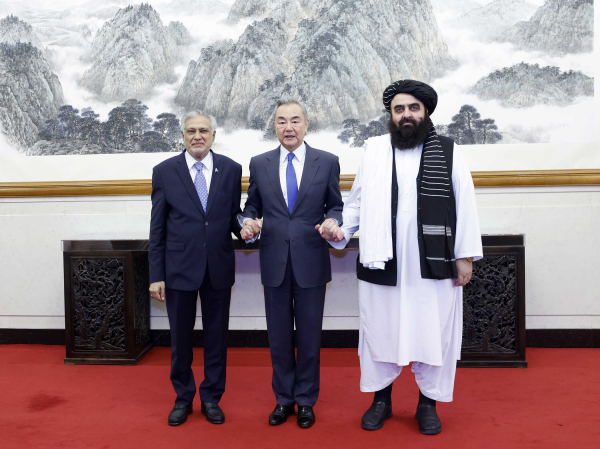
1. The tripartite meeting reached an important consensus, and the plan for the extension of the corridor has surfaced
On May 21, Chinese Foreign Minister Wang Yi chaired the China-Afghanistan-Pakistan Trilateral Foreign Ministers' Informal Meeting in Beijing, which was jointly attended by Pakistani Deputy Prime Minister and Foreign Minister Dhar and Afghan Acting Foreign Minister Mottaki.
In the end, the meeting reached seven consensuses, which specifically mentioned that it is necessary to promote the extension of the China-Pakistan Economic Corridor (CPEC), the "economic artery" connecting China and Pakistan, to Afghanistan, help Afghanistan develop its economy, and strengthen the transportation and trade networks of the entire region.
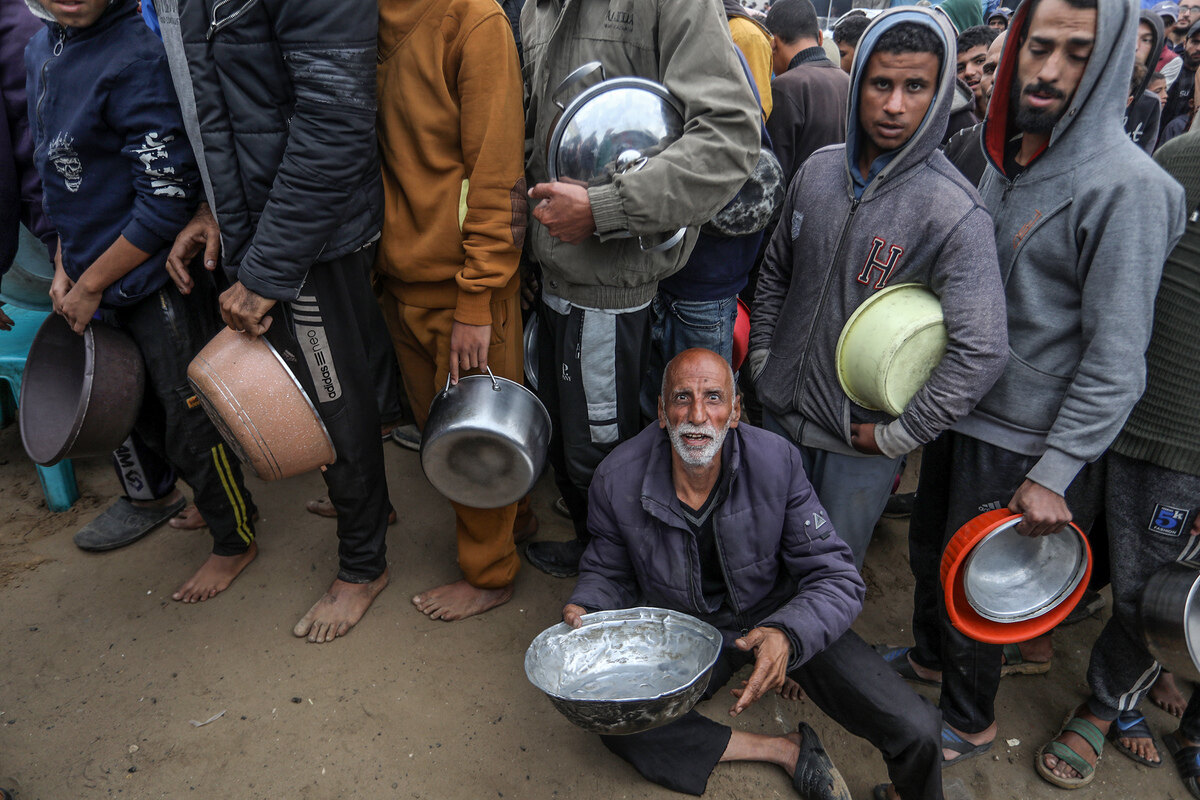
In this way, Afghanistan can use this corridor to do business with China and Pakistan and gain development opportunities, and China can also enter the Central and South Asian markets more quickly through Afghanistan, reducing its dependence on traditional shipping routes, which are now being planned to take shape.
2. The Belt and Road Model Project of the China-Pakistan Economic Corridor
The China-Pakistan Economic Corridor (CPEC) is a core project of the Belt and Road Initiative, which was proposed in May 2013 and officially launched in April 2015.
This corridor starts from Kashgar, Xinjiang, China, crosses the Khunjerab port (5,100 meters above sea level, covered with snow all year round, known as the "blood valley") in the Pamir Plateau, enters Pakistan, passes through Gilgit, Islamabad, Lahore, Multan, Karachi, and finally arrives at Gwadar Port on the Arabian Sea coast. As the starting point, Kashgar is an important commercial port on the Silk Road and the gateway for China's opening to the west. The Khunjerab port is the only land passage between China and Pakistan, and the Karakoram Highway passes through it, which is known as "the highest gate in the world".
Upon entering Pakistan, the corridor passes through a number of key cities:
Gilgit: is a transportation hub in northern Kashmir;
Islamabad: It is the capital of Pakistan with a beautiful environment and is known as the "Garden City";
Lahore: the "soul of Pakistan" with a history of more than 2,000 years;
Multan: Famous for its cotton spinning industry, Karachi is the economic center and "economic capital" of Pakistan.
Eventually, the corridor landed at Gwadar Port, a Chinese-funded deep-water port that will significantly reduce the distance China can transport oil from the Middle East and improve energy security, making the CPEC not only an infrastructure project, but also an economic artery. It promotes trade, investment and employment between China and Pakistan through the construction of roads, railways, energy and ports, and may also extend to Afghanistan, Iran and even Europe in the future, becoming a key corridor connecting Europe, Asia and Africa along the Belt and Road. For China, it has opened up land access to the Indian Ocean and strengthened its influence in South Asia and the Middle East.
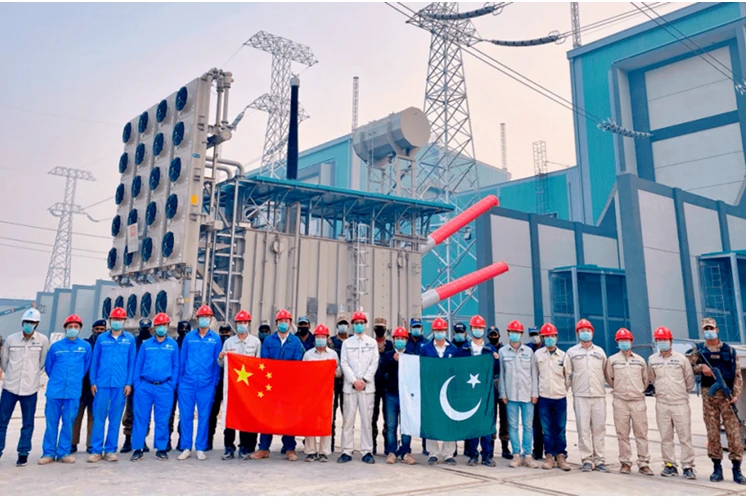
3. Two key points to break through the geographical bottleneck of the corridor extension
The "extension of the China-Pakistan Economic Corridor to Afghanistan" proposed by the China-Afghanistan-Pakistan trilateral foreign ministers' meeting essentially extends the economic corridor connecting China's Xinjiang and Pakistan to Afghanistan by opening up two key land routes. The two routes are the Khyber Pass between Pakistan and Afghanistan, and the Wakhan Corridor between China and Afghanistan.
Located on the border between Pakistan and Afghanistan, the Khyber Pass is one of the most important strategic routes between Central and South Asia in history and remains an important hub between the two countries. At present, Pakistan's railway network has been extended to Landi Kotal, which is only 8 kilometers from the border with Afghanistan, and only further docking is required to achieve cross-border connectivity.
The Wakhan Corridor is a 400-kilometre stretch of river valley stretching from Tashkurgan in Xinjiang, China, to Badakhshan Province, Afghanistan, with a total length of about 400 kilometres (100 kilometres of which are within China). In recent years, Afghanistan has accelerated the construction of the Wakhan Corridor Highway, which is scheduled to be completed within this year, and is expected to connect with the road section in China in the future.
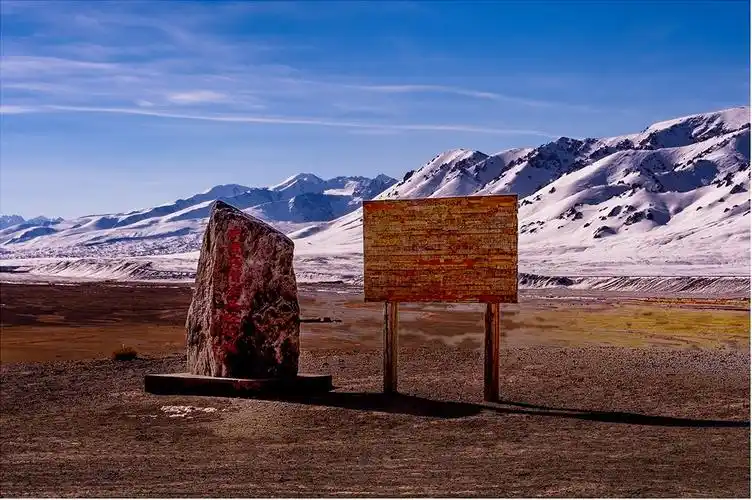
Once these two corridors are completed and connected, CPEC will form three main routes:
China section: China-Afghanistan border in the Kashgar-Tashkurgan-Wakhan corridor in Xinjiang (about 460 km);
Afghanistan section: China-Afghanistan border - via the Wakhan Corridor - the capital Kabul (about 670 km);
Pakistan section: Kabul - Khyber Pass - Peshawar (about 260 km).
From Kashgar to Peshawar via Kabul and then south to Gwadar Port, a new channel of "China-Afghanistan-Pakistan" will be formally formed, which not only realizes the connection between China's Xinjiang and the Indian Ocean through Central Asia, but also fundamentally changes the transportation map and geographical pattern of Central Asia-South Asia.
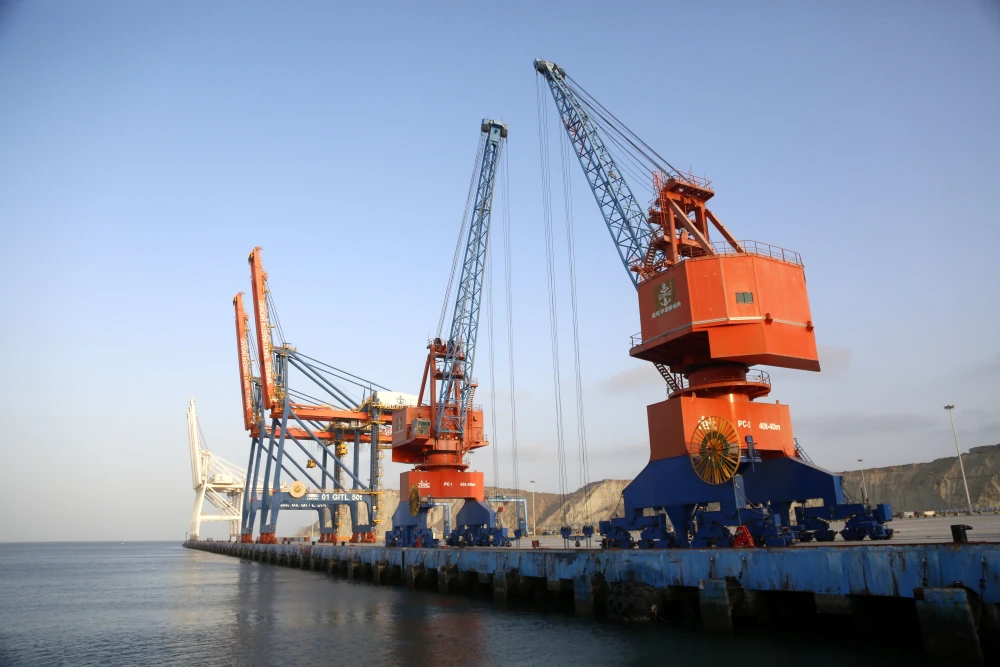
Afghanistan's abundant mineral resources have added unlimited potential for future cooperation. According to the data of the United States Geological Survey, Afghanistan has an estimated oil volume of 1.596 billion barrels, an estimated natural gas volume of 444 billion cubic meters, the world's fifth largest iron ore belt, the third largest copper ore belt, lithium ore estimates of more than 30 million tons, rare earth reserves of at least 1.4 million tons, and other non-ferrous metals and precious metals are also extremely rich.(This article is from the official website of Seetao www.seetao.com. Reprinting without permission is strictly prohibited. Please indicate Seetao.com + original link when reprinting) Seetao.com Strategy Column Editor/Sun Fengjuan
Comment
 Praise
Praise
 Collect
Collect
 Comment
Comment
 Search
Search


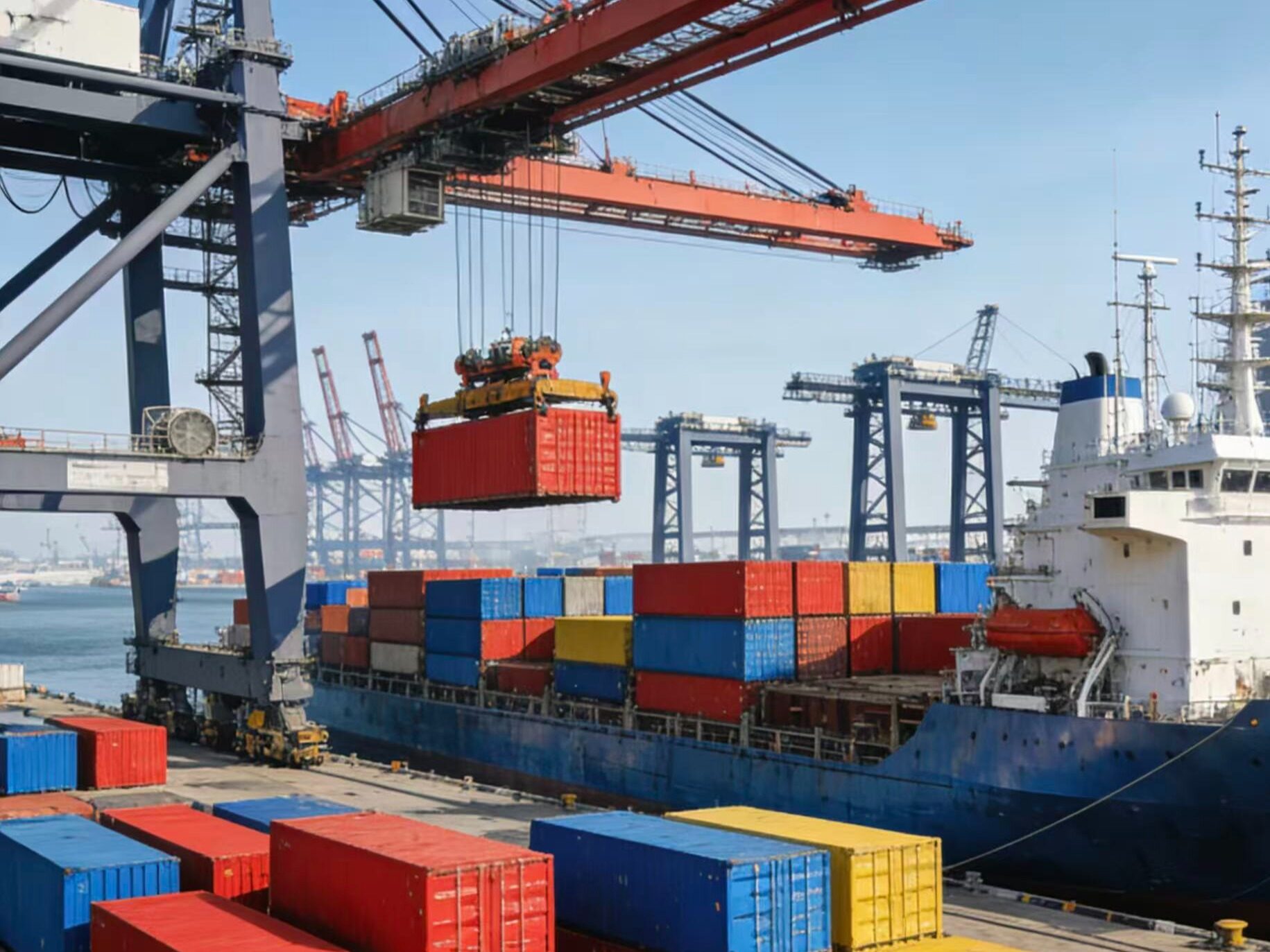
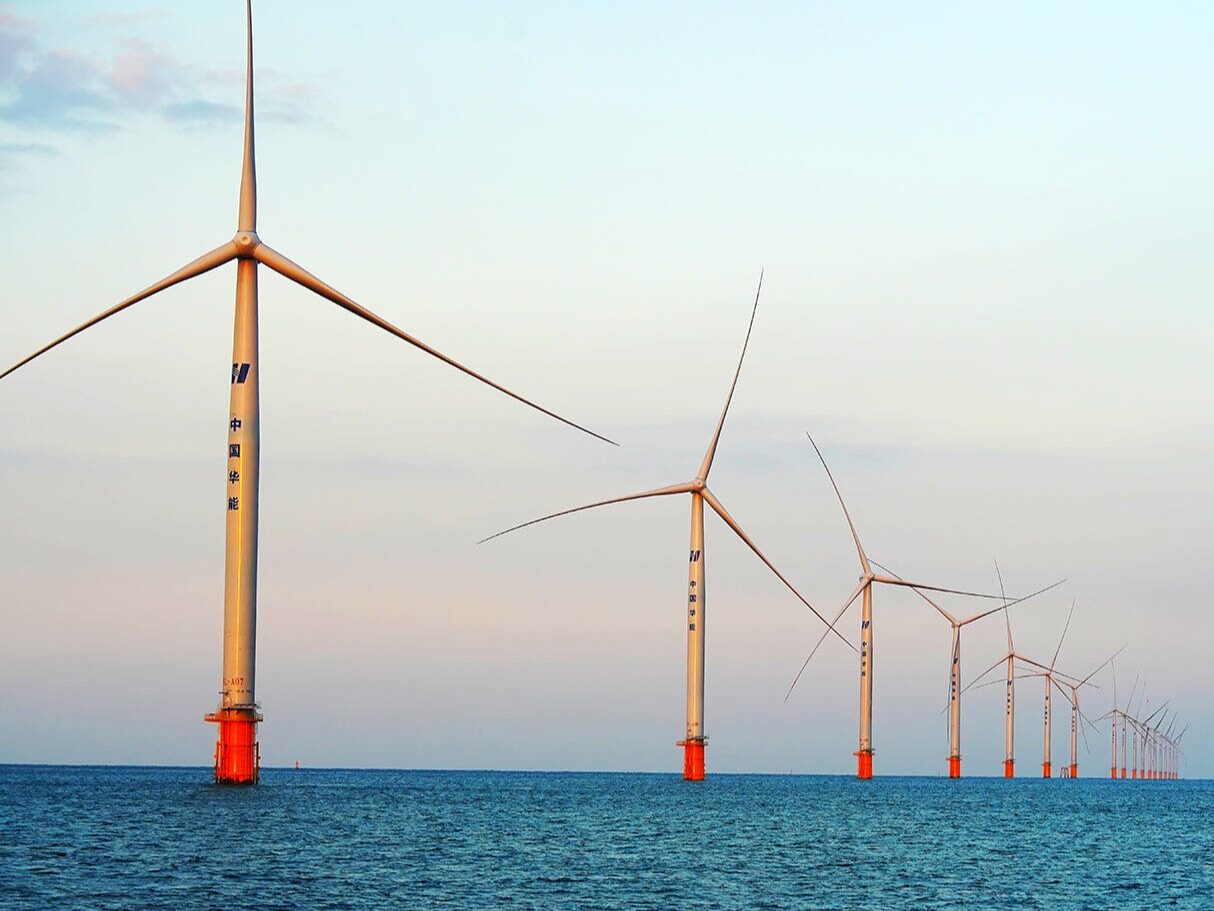


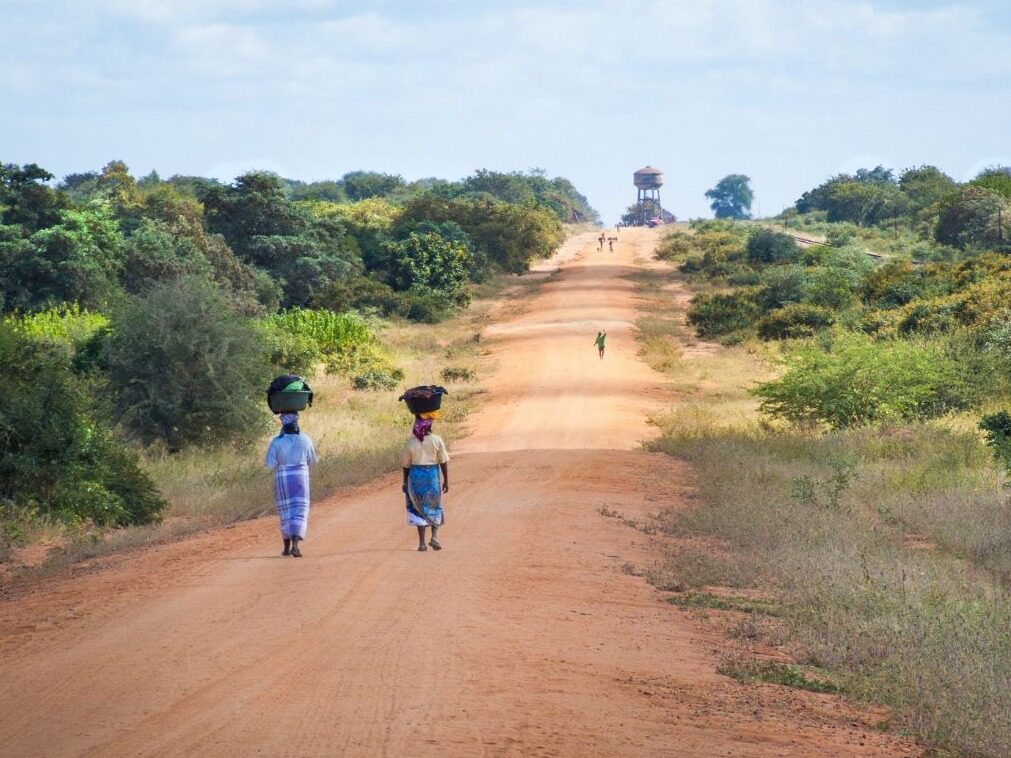
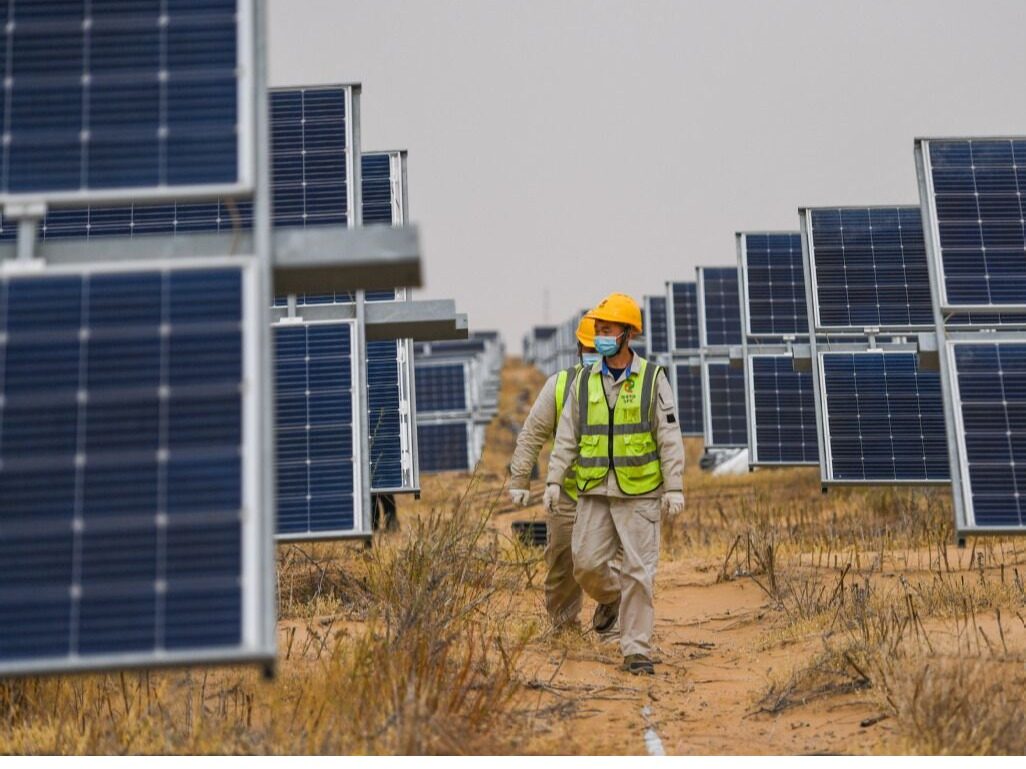






Write something~